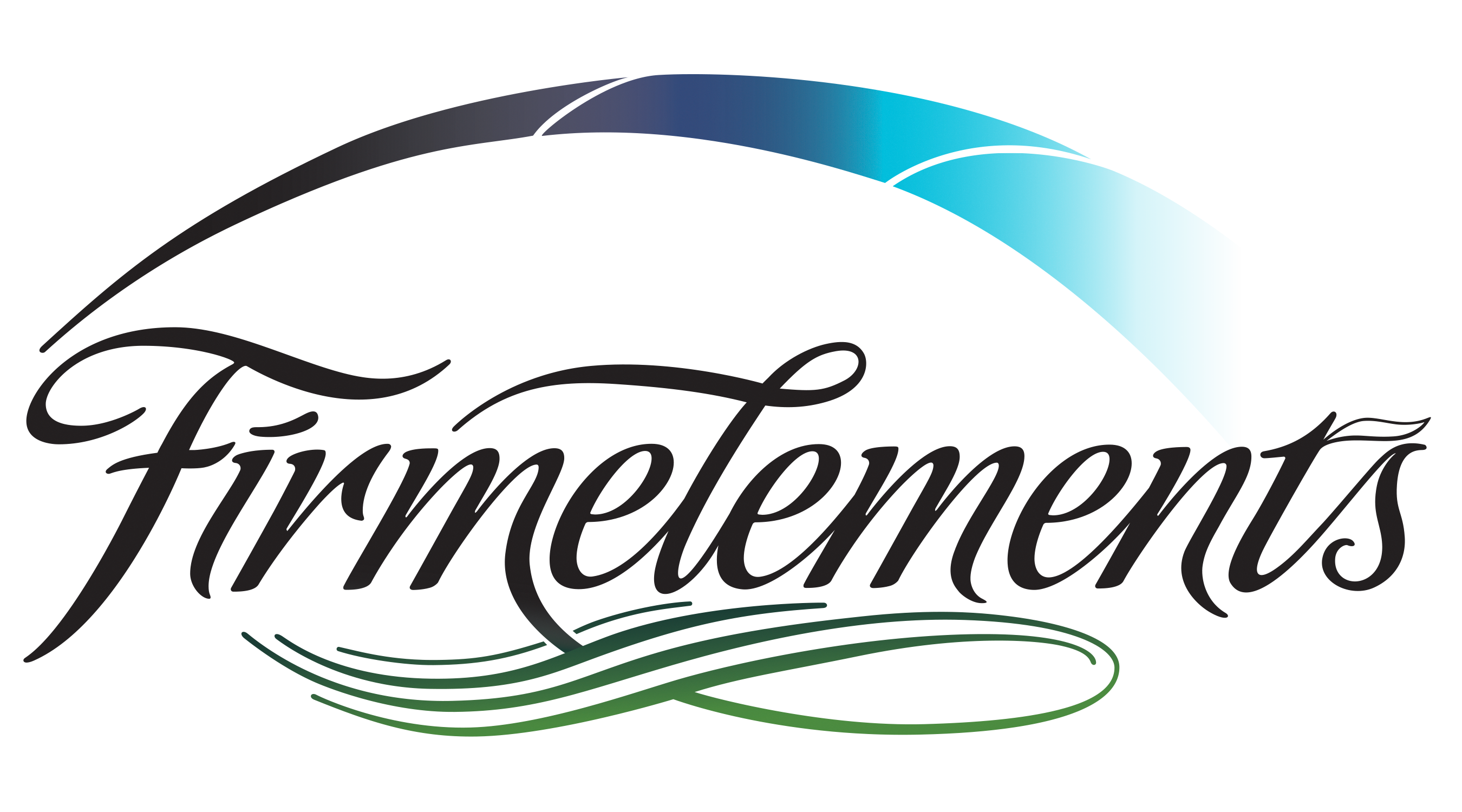The prediluvian growing paradigm was all about daily delivering micro amounts of elements directly to the plants via a foliar feeding mist. This was a natural phenomenon, and it still happens today on smaller scales. Foliar feeding a hurting plant is comparable to a rescue team finding a wilderness survivor and applying an IV needle to rehydrate the patient and provide immediate nourishment to the bloodstream. The following article explores why it’s a big deal to foliar feed the elements to the plants.
Dr. H. B. Tukey and S. H. Wittwer, of Michigan State University, first proved conclusively that foliar feeding of plant nutrients to be very effective. They found plant nutrients moved at the rate of about one foot per hour to all parts of the plants. Comparing efficiency of plants using foliar-fed nutrients versus soil-applied nutrients near roots, they found foliar feeding provided about 95 percent efficiency of use compared to about 10 percent of use from soil applications. Furthermore, speed of absorption and use by foliar applications proved immediate, whereas soil applications had slow absorption and plant use.
References
Read the article on here: https://patents.google.com/patent/US20060014645A1/en
See Tukey, H. B. and Wittwer, S. H., 1956. The entry of nutrients into plants through stem, leaf and fruit, as indicated by radioactive isotopes. Progress in Nuclear Energy Biological Sciences Scries Six, pp. 106-114. McGraw-Hill. New York and Permagon Press, London.
Ishii, H., W. Azuma, K. Kuroda, S.C. Sillett. 2014. Pushing the limits to tree height: could foliar water storage compensate for hydraulic constraints in Sequoia sempervirens? Functional Ecology 28: 1087–1093. (read this study)
Ambrose, A.R., S.C. Sillett, G.W. Koch, R. Van Pelt, M.E. Antoine, T.E. Dawson. 2010. Effects of height on treetop transpiration and stomatal conductance in coast redwood (Sequoia sempervirens). Tree Physiology 30: 1260–1272.
Study: Comparative development of the four tallest conifer species


